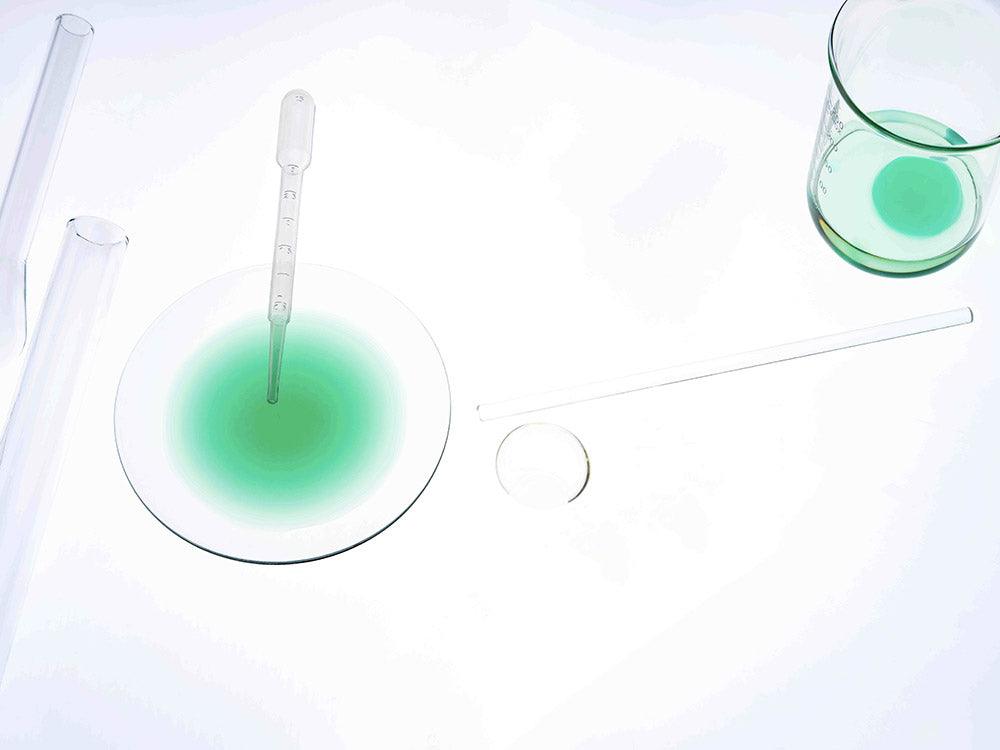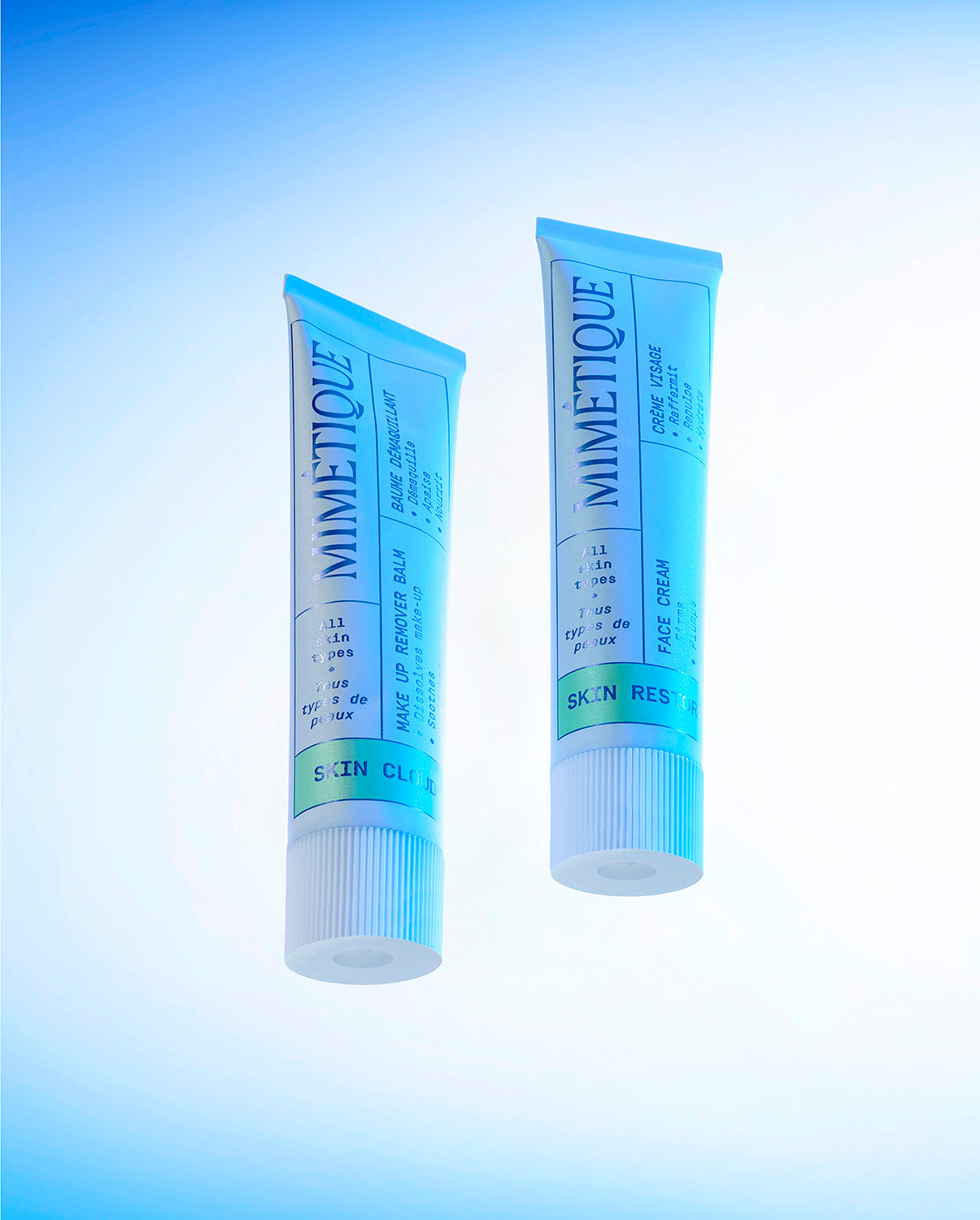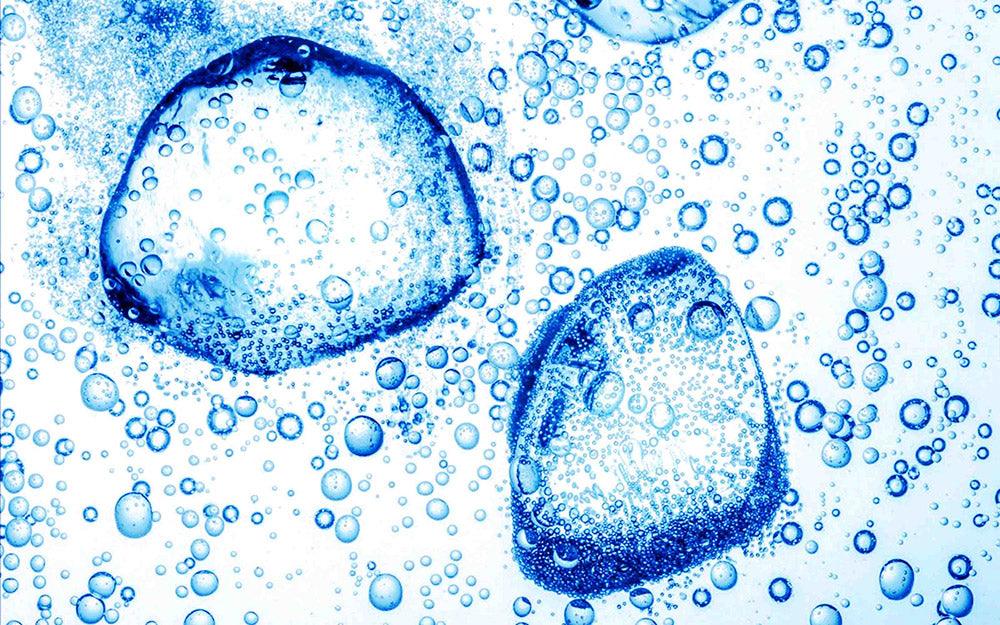
What is biomimicry?
Nature is great, it has been doing R&D (Research and Development) for millions of years. It is with this in mind that biomimicry was thought of, it is the art of copying the living. In order to succeed in delivering beneficial ingredients for the skin, this concept is beneficial. In reality, it is the best way to think about the cosmetics of tomorrow.
What is the history of biomimicry?
The idea of drawing inspiration from nature dates back many years. However, the concept of biomimicry was only formalized in the 1950s! At that time, scientists began to explore biological structures and mechanisms in order to find solutions to human problems.
Early studies focused primarily on understanding the structure of the skin and its role against external aggressions.
Fun fact! Over time, biomimicry research has expanded to other fields, such as robotics, regenerative medicine, and materials engineering. In other words, scientists quickly realized that the unique properties of human and animal skin could easily be adapted to a wide range of technologies!
But the most fascinating thing is that the advancement of scientific knowledge has incredibly favored the precision of biomimetic research. Indeed, researchers have begun to identify specific components of the skin that play a key role. They have also been able to study how these specific components interact to create an intelligent biological interface.
Today, we can proudly say that skin mimicry has become a research discipline in its own right!
How is research in biomimicry progressing?
Today, we can use biomimicry in skin care products. Indeed, studies have been conducted on how certain living organisms (for example plants or animals) adapt to their environment. The latter can be subjected to external aggressions such as cold, pollution or oxidative stress*. These are often similar to what our skin can undergo. Observing how these organisms protect themselves from external aggressions will then allow scientists to develop skin care products adapted to the aggressions that our skin undergoes thanks to the way in which other living organisms have protected themselves from them.
Let's take the example of a living organism studied to develop skin care products and which relies on a biomimetic approach: macroalgae*. These algae undergo stresses similar to those experienced by our skin: regular dehydration (due to the variability of water salinity), exposure to UV rays, etc. In order to compensate for dehydration, they will accumulate carbohydrate polymers which have the property of being hygroscopic (they retain moisture). To protect themselves from UV rays, algae will produce amino acids which will selectively absorb solar radiation and then dissipate it in the form of energy. They will therefore not be subject to the dangers associated with UV rays. Thus, macroalgae are used as ingredients in certain cosmetic products generally as moisturizing agents mainly from carbohydrates but also as UV protection agents from the production of certain amino acids.
Why use biomimicry to formulate cosmetic products?
We've all tried moisturizers. And as quickly as the skin is cleansed, the natural look comes back at a gallop: our skin is dry and the tightness resurfaces!
Why? Because the treatment is only done on the surface. You can put oil on your face or water for hours, but your skin will become dry again after a few days.
But what you need to know is that the entry of a substance into the skin is like the entry of a one euro coin into a shopping cart. If it is not a euro then no shopping cart. If you do not have the right substance but the right process, no entry!
These examples above show that it is necessary to find a method for hydrating the skin in its depth.
But how is this possible? We are simply going to bring things naturally present in the skin whose function is hydration. It is a bit like using a token to replace the one euro coin in our shopping cart!
Biomimicry and skin structure
Biomimicry has emerged in recent years as a promising avenue for exploring the complex structure of the skin and learning more about its unique properties.
The skin is the largest organ of the human body and plays a vital role in protecting it from external elements, regulating temperature and even in sensory perception! Its complexity and fascinating ingenuity have inspired researchers, like us at Mimétique, to explore its potential to create cutting-edge cosmetic ranges.
Biomimicry seeks to understand and reproduce the fundamental principles of the skin in order to design materials and devices that can help “damaged” skin become healthy again. In other words, our skin becomes our muse in the design of cosmetic treatments!
As researchers and product formulators, we studied the complex biological processes that take place within the skin, with the aim of being able to mimic its mechanisms of protection, hydration and regeneration. Our goal was to create products that could work in harmony with the skin, so that it would not have to make an effort to adapt to a new element applied to it.
The skin has a natural ability to retain water and maintain its water balance. Inspired by this, our cosmetic treatments are composed of elements found in healthy skin (dipeptide, natural moisturizing factors and sugars) to support the skin's natural mechanisms. Our skin-mimetic treatments naturally strengthen the skin barrier, which helps achieve the goal of absolutely hydrated skin!








